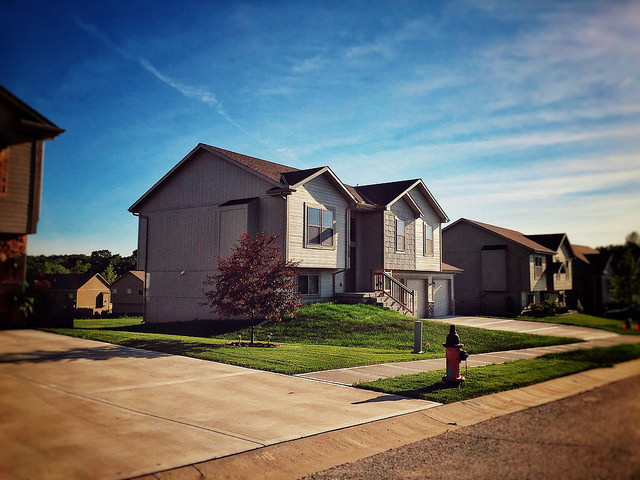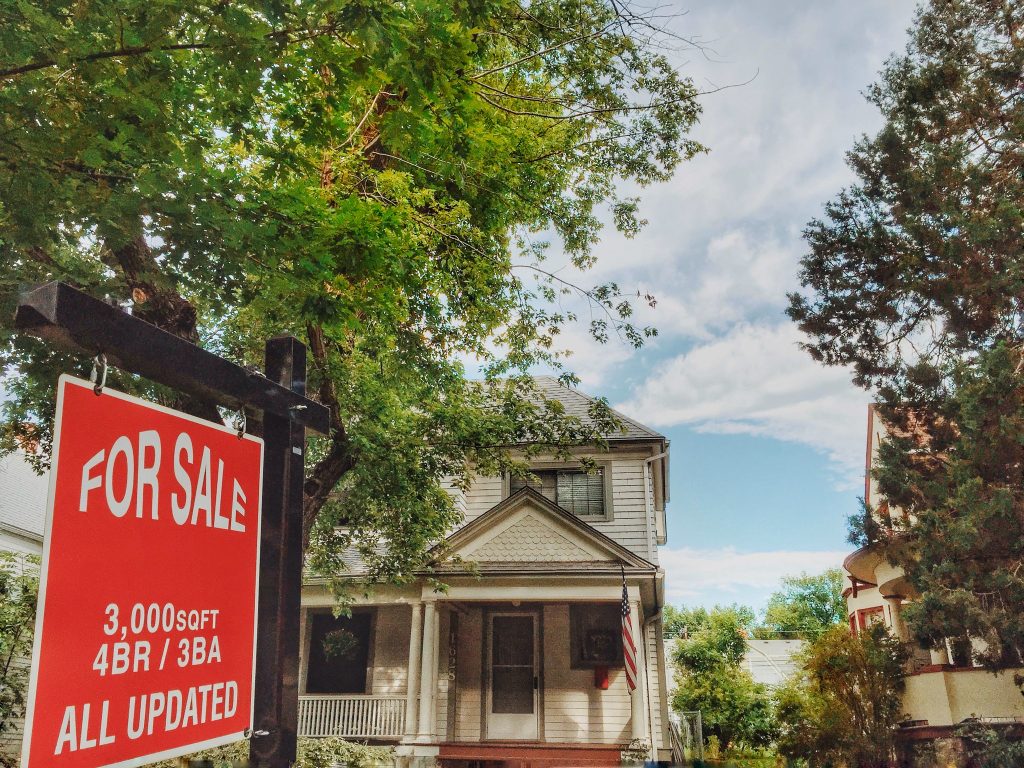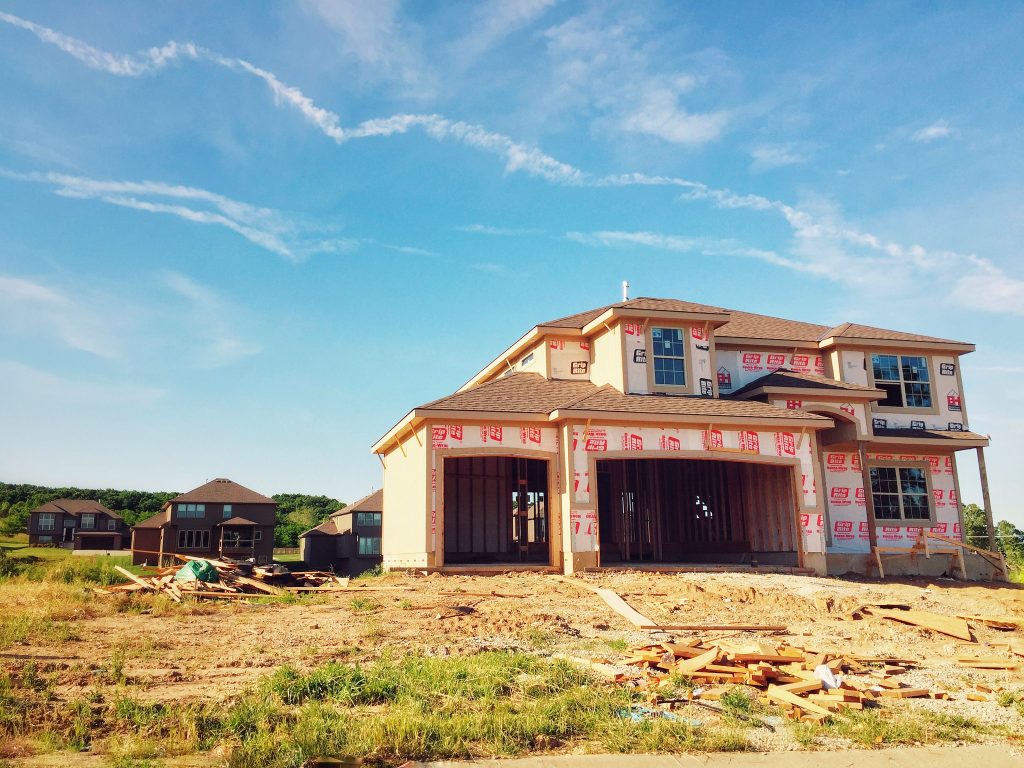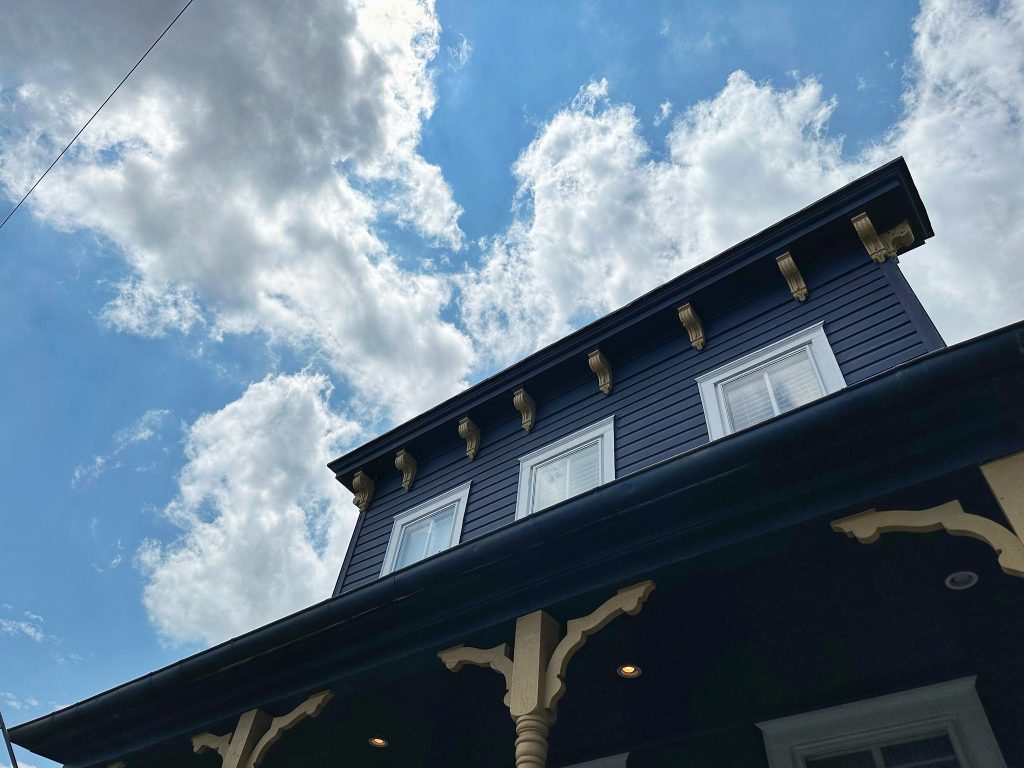Fannie Mae’s Economic and Strategic Research Group releases an updated outlook each month covering what it believes is ahead for the housing market and economy. In its November commentary, the group says continued economic strength may keep housing market conditions static for longer than previously thought. In other words, the economy didn’t slow as much as expected and it’s keeping mortgage rates from falling further. “Long-run interest rates have moved upward over the past couple months following a string of continued strong economic data and disappointing inflation readings,” Mark Palim, Fannie Mae’s senior vice president and chief economist, said. “To the extent that the recent run-up in rates has been driven by market expectations of stronger economic growth, we think this bodes well for the labor market outlook and home purchase demand. However, we expect inventories of homes added to the market, and therefore sales of existing homes, to remain subdued through next year, as the higher mortgage rate environment is likely to strengthen the ongoing lock-in effect.” (source)













